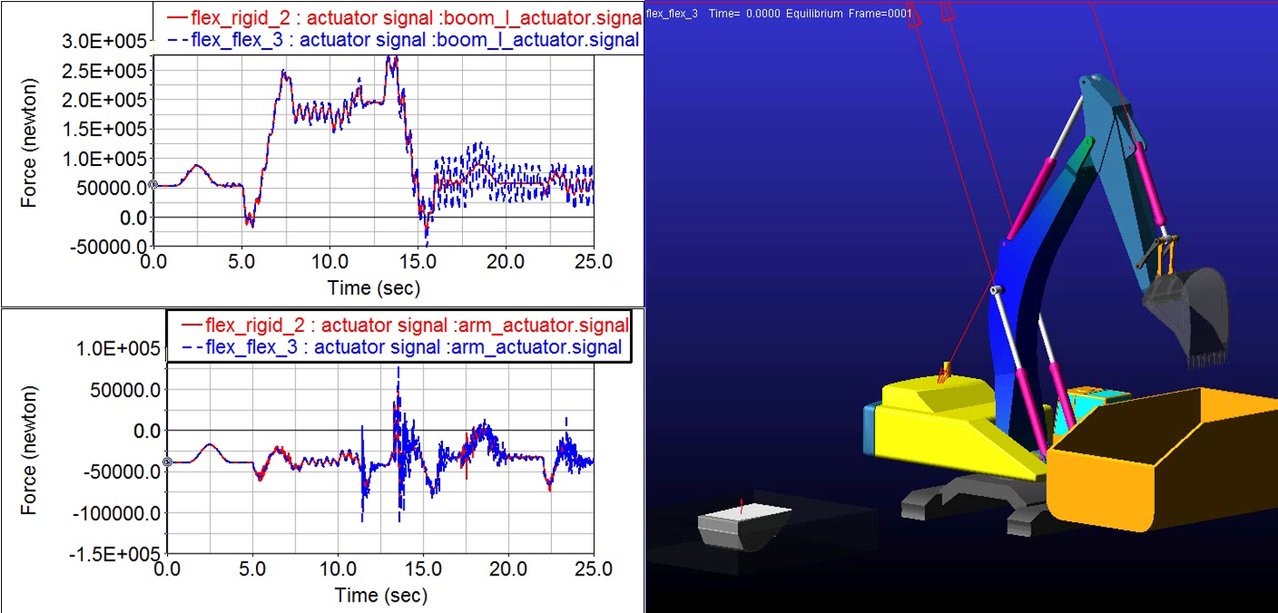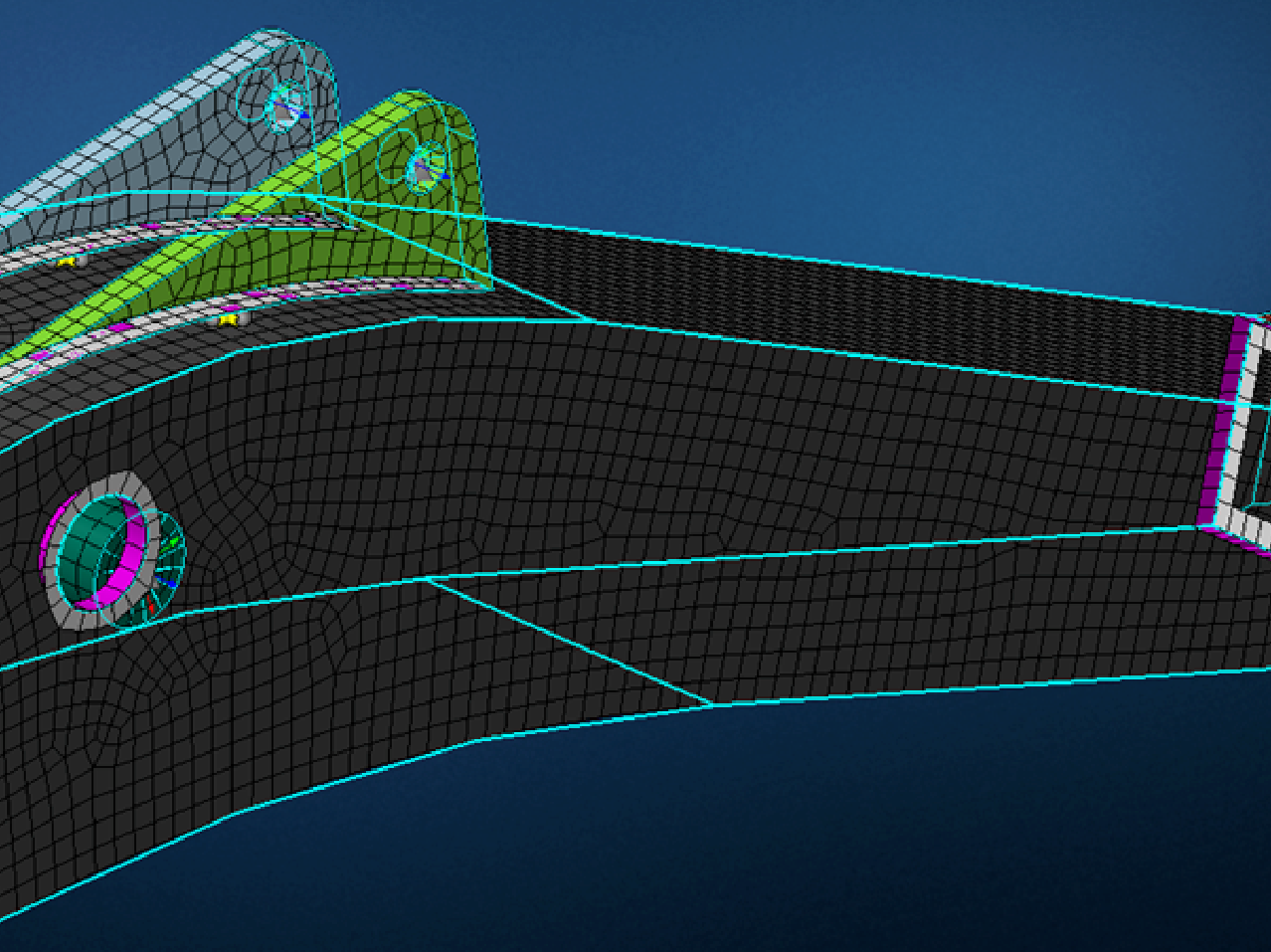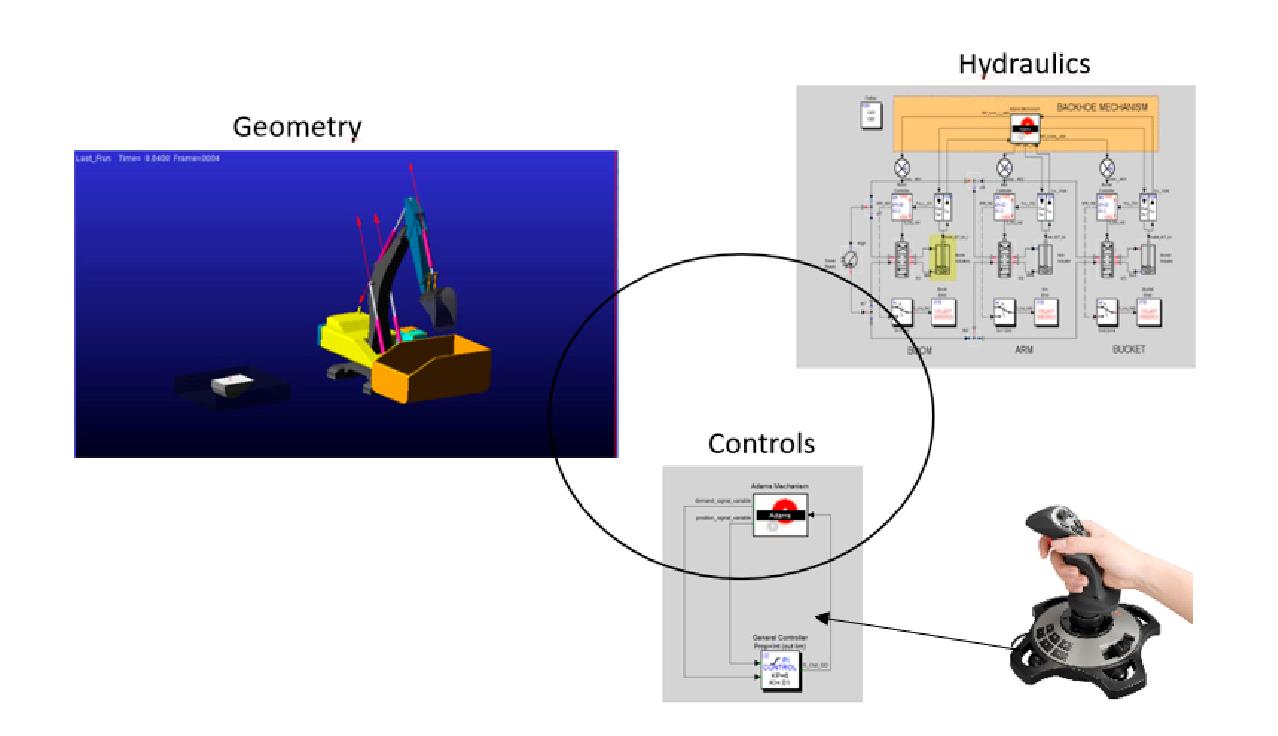Digital Twin
What is a Digital Twin?
A digital twin is a digital mockup of a physical product, process or service combined with real world data to test and validate the behavior of a total system. The digital Twin can have a lot of different looks and functions, depending on whats important to simulate. The individual digital technologies as such are not new. It is the combination of digital technologies, and the fact that controllers and sensors are becoming smaller and cheaper, which means that the use of digital twins is gaining momentum.
Why use a Digital Twin?
Digital twins are powerful masterminds to drive innovation and performance. Imagine it as your most talented product technicians with the most advanced monitoring, analytical, and predictive capabilities at their fingertips. Companies that invest in digital twin technology will see a 30 percent improvement in cycle times of critical processes, predicts IDC.
Digital twin technology helps companies improve the customer experience by better understanding customer needs, develop enhancements to existing products, operations, and services, and can even help drive the innovation of new business.
Our work with Digital Twins
Our expertise is in R&D within development and simulation of new and existing products. We work with very detailed models using real world physics to gain knowledge about real behavior of the products.
Combining the traditional standalone tools like CFD, FEM with Multibody, product controller and data from the real world enable the R&D department to build a Digital Twin, where you can test and see the behavior of the product before producing it.
Depending of product physics and what we want to achieve, a very important parameter is to find the right level of abstraction, to gain as much speed as possible. Often, we need to start with a detailed model to gain insight and over time. Ending with a model running real-time to test with data coming from sensors collecting data from the real world.
Exampel: Digital twin of an excavator
Here we got an example of a Digital Twin. The model is built to test the combination of controller and structure giving the user a feeling of how different controller setting affect the behavior of the arm.
Combining Multibody, FE of critical parts, a model of the controller written in Matlab and a model of the hydraulics with a Joystik enable R&D to see stress in selected parts in action, to optimize the controller and to test different hydraulic solutions before building the product.
Figure 1: Adams used as platform for running a model of an excavator.

The multibody model is modeled with flexible parts to measure the stress for selected parts in action.
This way you can combine the best from finite element method with the best from multibody simulation and get results that normally would take weeks to obtain, if it was pure finite elements calculation.
Figure 2: The FE model of the excavator arm.

Combining the model with real-time measurements collected by a censor gives the opportunity to test and fine tune hydraulic parameters before building the excavator. This way the dynamics of the system is then known and tested before building a prototype.
Data from the real world gives the insight of wear, parts failure etc. Today sensors are inexpensive and easy to use and a model like this will often be able to run real-time.
Building a digital twin is a cheap way to test the behavior of different parts of a machine or product before building it.
Figure 3: Adams used as a platform for running the full system

Do you want to build a Digital Twin?
We can help you set up a Digital Twin to improve development processes with real world data.
Feel free to contact us to discuss your project.


Please call me up!
Leave your details and we will call you back as soon as we can.
